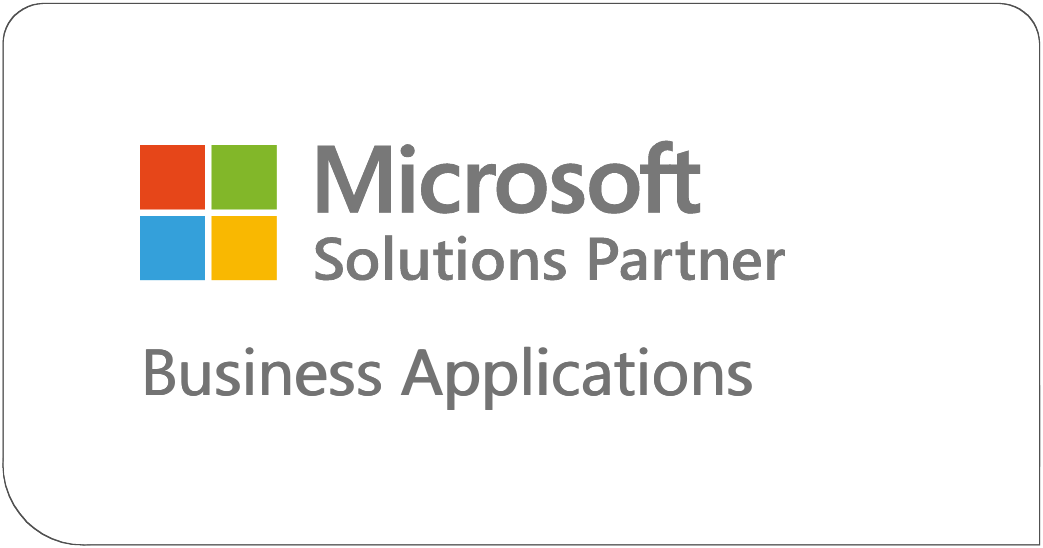| Berkha Bai
Data-Driven HR: Using Analytics to Improve Employee Engagement and Retention

In today’s workplace, HR professionals have a great
emphasis on employee engagement and retention. Time and
money is saved by the business because of high storage
costs and employees are more engaged and thus more
focused and creative and productive.
These goals would be impossible to achieve without HR
information systems. Analytics can be leveraged by HR
departments to make a workplace that is more productive
and happier place, and to spot patterns, make informed
decisions, or seek insight as to what makes employees
happy.
Why Data-Driven HR Matters
Traditionally, HR has been considered people driven, not
data driven. But in recent years analytics has altered
the landscape with new tools for measuring and
understanding employees. Data enables HR departments to:
Identify Trends in Real-Time: The quick insights
Analytics provide into employee sentiment and engagement
provide HR with the opportunity to correct issues before
they reach breaking point.
Make Objective Decisions:
With data driven insights, HR can base its actions on facts (rather on wishful thinking) and it is fairer and more transparent.
Drive Strategic Planning:
From recruiting to training, analytics can supply models for long term resource management.
Key Analytics for Employee Engagement & Retention
1. Employee Engagement Surveys
Engagement surveys give us valuable information on employee motivation, satisfaction and sense of purpose in the company. HR can track the results of new measures or policies and inform collaborations, largely because of continuous research.
2. Analysis of Turnover & Retention
Turnover data can be used to track turnover rates and evaluate turnover data in order to discover why employees are leaving and which employee groups are most likely to leave. This information can then be used by organizations, to create targeted retention programs (such as growth opportunities or recognition), to specific groups or departments.
3. Metrics of Performance and Productivity
HR departments use performance data, such as productivity scores or achievement goals, to measure employee engagement. If productivity is low, employee engagement will also decrease. HR can address this issue by training, changing roles, or providing additional services.
4. Career development and career planning
Track performance data and career development to see how employees are progressing within the company. Using this information, HR can identify areas where training and development can be improved and create a clear work path that keeps people happy and engaged.
5. Wellness and Absenteeism Metrics
Information on employee health consumption cannot be provided along with attendance at healthcare services. Higher than normal absenteeism may be a sign of employee dissatisfaction or stress, which may prompt HR to address mental health services, health or work-related issues.
Best Practices for Implementing Data-Driven HR
1. Clearly Define Your Objectives and Metrics
For example, if employee engagement is a major concern, measures such as evaluating results, productivity levels, and retention rates should be established. These goals will inform data collection and ensure that analysis is consistent with the company’s goals.
2. Using Technology for Data Collection and Analysis
HR analytics technology (like research tools and employee collaboration) makes gathering information easier and more accurate. HR professionals can use technology to collect and analyze data, save time on data collection, and gain better insights.
3. Ensure Transparency and Privacy of Data
Transparency and privacy are essential when putting data-driven processes into action. Openly discuss with staff members the type of data being gathered, its intended use, and how it will enhance the working environment. Employees are reassured that their data is safe and valuable, which fosters trust.
4. Use Insights to Drive Meaningful Change
Improvement isn't achieved by data alone; what matters is how you respond to those insights. For instance, follow up with team leaders to identify the precise issues and implement focused measures to resolve them if data indicates low involvement in a department.
5. Continually assess and modify tactics
Data-driven HR should be an ongoing process. Make sure
you’re paying attention to important information and
appropriate corrections. For example, if it is
discovered through organizational research that morale
is declining, then someone is not doing their job.
Think of helping employees or changing your employment
policies to solve that issue.
Conclusion
Analytics are changing how businesses find and retain
talent by using data to track performance, employee
sentiment and growth. HR can identify by adopting the
right attitude. Before issues start to affect your
entire workforce, you can resolve them, making employees
happier and more motivated. HR departments can do
something about this, by understanding why employees
leave.
It contributes to improve retention, reduce recruitment
costs, and protect business operations. Moreover, HR can
monitor employee development and skills that support
employee development and productivity. Finally, data
driven HR is a useful strategy to create a nice working
environment for the employees.
Engaged and motivated employees are more likely to stay
with the company, and contribute to the business.
Join us next time, as we continue our journey of learning canvas apps.Click here to learn more about Imperium's Power Apps Services. We hope this information was useful, and we look forward to sharing more insights into the Power Platform world.

